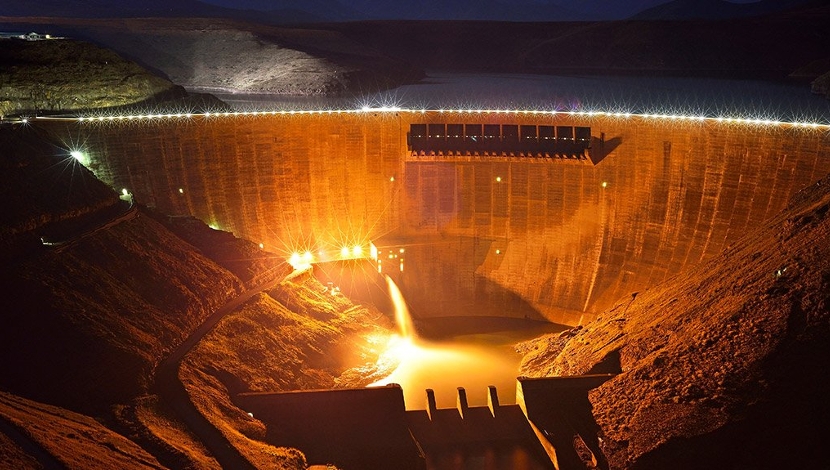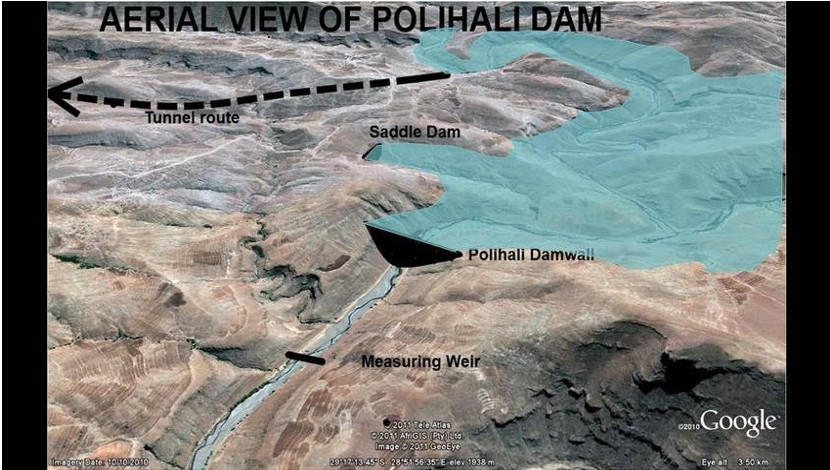

The first of about 20 advance infrastructure construction tenders for Phase 2 of the Lesotho Highlands Water Project (LHWP) has been advertised, paving the way for construction to start next year.
Phase 2 comprises a wide range of small and large contracts and Lesotho Highlands Development Agency (LHDA) divisional manager of Phase 2, Tente Tente, says several more tenders will be advertised between now and mid-2019.
The Polihali north-east access road is one of the first of the advance infrastructure components to go to tender. The tender was advertised at the end of September and bids have to be submitted by December 17.
The LHDA states that preference will be given to Lesotho nationals, South African nationals, professionals from the Southern African Development Community region and then international bidders, subject to conditions on quality, competitiveness, transparency and cost effectiveness being met.
“It’s taken years of planning and preparation to get to this point, but in the first quarter of 2018, the construction vehicles will move on to site marking the start of a six-year construction period,” says Tente.
The majority of the advance infrastructure components have to be completed before the construction of the main Phase 2works – the Polihali dam and transfer tunnel – could be started.
The water transfer component of Phase 2 of the LHWP is estimated to cost R23-billion at completion in 2025. The project also entails a hydropower component, the cost of which is yet to be established.
The LHDA states that skills and technology transfer are embedded in the procurement and contract documents and the attainment of specified targets will be monitored and enforced.
At the height of the construction period, Phase 2 will provide employment for between 2 000 and 3 000 Basotho.
Phase 2 of the LHWP builds on the 2003 completion of Phase I, which supplies water to Gauteng and uses the water delivery system to generate hydro-electricity for Lesotho.
Phase 2 will increase the current supply rate of 780-million cubic metres a year incrementally to more than 1.26-billion cubic metres a year.




